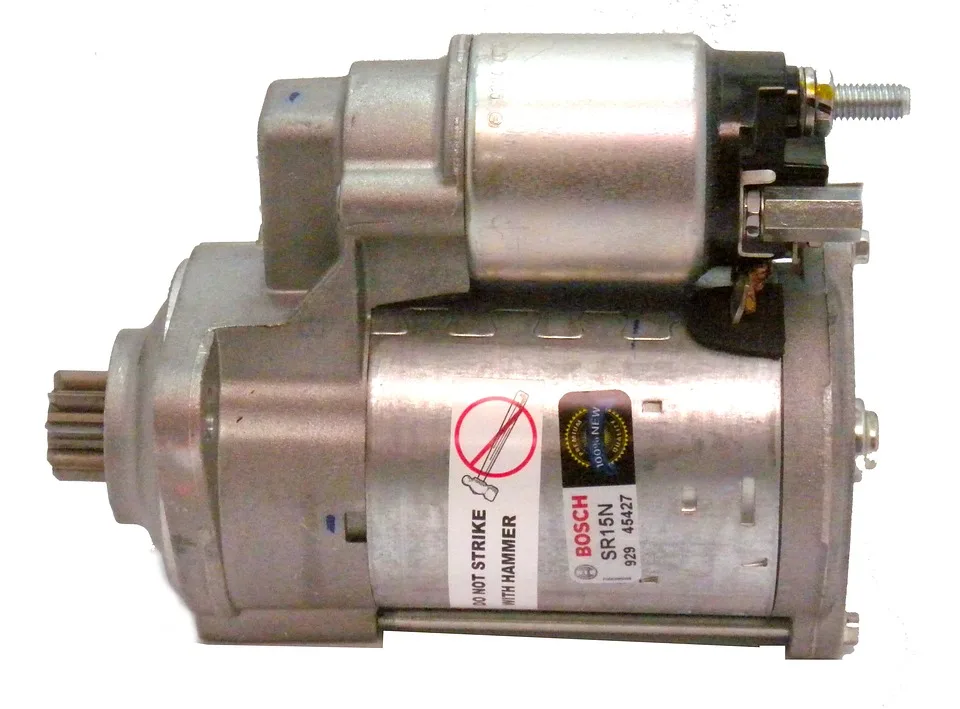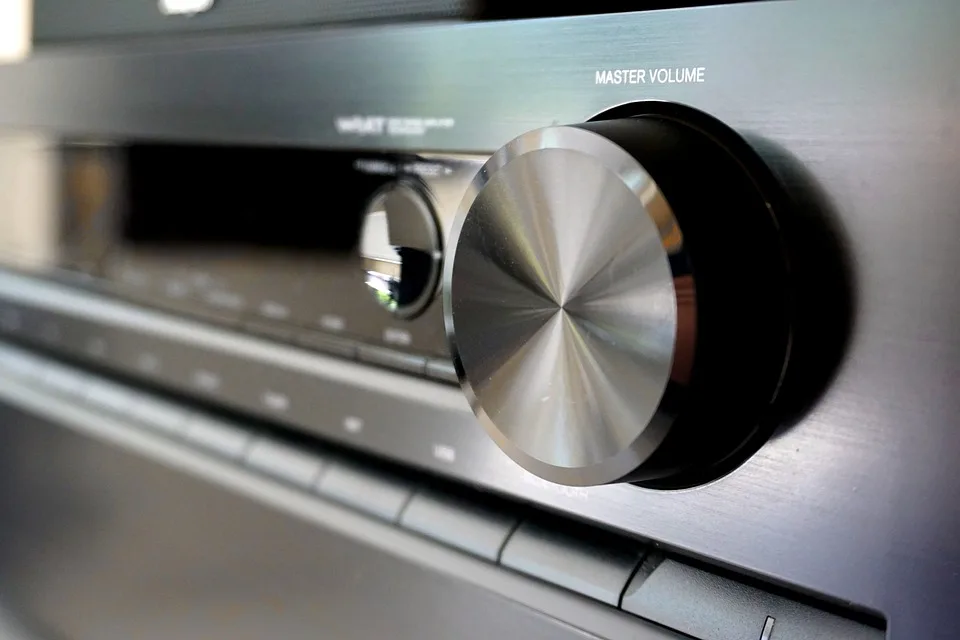For anyone looking to enhance their home audio experience, adding a subwoofer can make a world of difference. A quality subwoofer delivers the deep bass tones that small speakers often struggle to reproduce. If you’re new to the world of subwoofers, choosing the right one to kick off your audio journey is essential. Here’s a guide to help you identify what makes a subwoofer suitable for beginners.
Understanding Subwoofers
Before diving into specific models, it’s important to understand what a subwoofer does and why it matters.
What Does a Subwoofer Do?
A subwoofer is designed to reproduce low-frequency sounds, typically those below 200 Hz. This includes the bass in music and sound effects in movies, creating a more immersive experience. Here are the primary functions:
- Enhances Audio Depth: Adds richness and clarity to soundtracks.
- Brings Music to Life: Delivers the punchy bass that makes genres like hip-hop and electronic dance music more enjoyable.
- Improves Home Theater Experience: Provides a rumbling effect during action scenes, giving a cinematic feel.
Key Features to Look For in a Starter Subwoofer
Selecting a starter subwoofer can be daunting, with many specifications and features to consider. Here are some key elements to keep in mind:
Size Matters
The size of the subwoofer affects its performance and the space it will fit into.
- Driver Size: Common sizes range from 8 to 12 inches. A larger driver typically produces deeper bass.
- Room Compatibility: Consider the size of the room where the sub will be placed. Larger rooms may require bigger subwoofers for optimal performance.
Power Output
The power of a subwoofer is measured in watts and indicates how loud it can get without distortion.
- RMS vs. Peak Power:
- RMS (Root Mean Square): This is the continuous power output and is a more accurate reflection of performance. Look for at least 100-200 watts RMS for home use.
- Peak Power: Represents short bursts of power but shouldn’t be the primary metric to consider.
Connectivity Options
Ensure the subwoofer can easily connect to your existing setup.
- Wired vs. Wireless: Wired provides a stable connection, but wireless options offer flexibility in placement.
- Input Types: Look for subwoofers with multiple input options (RCA, LFE, speaker terminals) for compatibility with different audio systems.
Recommended Starter Subwoofers
Here are a few models that stand out as excellent choices for beginners, combining quality and affordability.
1. Polk Audio PSW10
- Driver Size: 10 inches
- Power Output: 50 watts RMS (100 watts peak)
- Price Range: Affordable
- Key Features:
- Compact design suitable for smaller spaces.
- Great sound quality for music and movies.
2. Yamaha NS-SW050
- Driver Size: 8 inches
- Power Output: 100 watts RMS
- Price Range: Mid-range
- Key Features:
- Advanced YST technology enhances bass response.
- Sleek design that fits well with other home audio equipment.
3. Klipsch R-100SW
- Driver Size: 10 inches
- Power Output: 150 watts RMS (300 watts peak)
- Price Range: Slightly higher but still accessible
- Key Features:
- Strong performance for both music and home theater.
- Durable construction and attractive design.
Placement Tips for Optimal Performance
Where you place your subwoofer can greatly affect its performance. Here are some tips for finding the best spot:
- Corner Placement: Placing the sub in a corner can amplify bass due to sound reflection.
- Avoid Extremes: Avoid placing it next to walls or directly against furniture, which can dampen the sound.
- Experiment: Try different locations to find what sounds best in your space.
Incorporating a starter subwoofer into your audio setup can significantly elevate your listening experience, making it richer and more dynamic. By considering factors such as size, power output, and connectivity, you’ll be better prepared to make an informed choice and enjoy the world of bass-filled sound.









